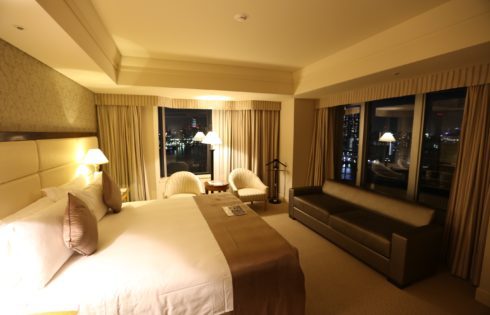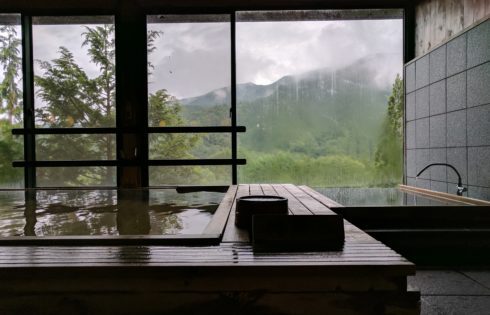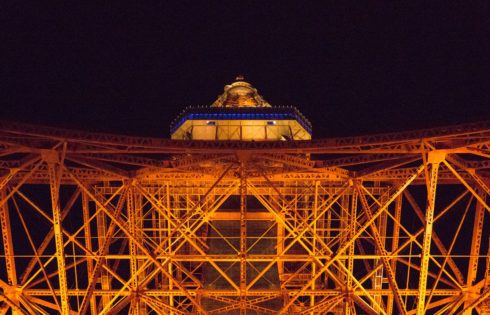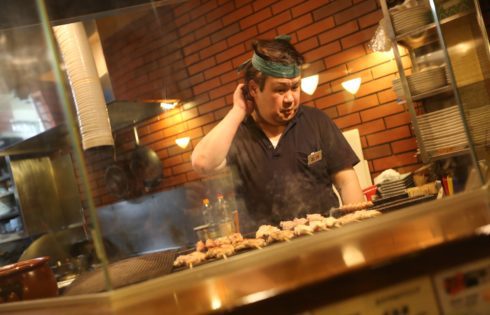
Review: InterContinental Tokyo Bay, Japan
This review is a bit short because during our three day stay in Tokyo we spent very little time in the hotel and were running around Tokyo pretty much the

This review is a bit short because during our three day stay in Tokyo we spent very little time in the hotel and were running around Tokyo pretty much the

Japan is one of my favorite countries for food and activities. One of the best things to do in Japan is going to an onsen, also known as a Japanese

Tokyo is one of my favorite major cities in the world, as it offers some of the best restaurants, attractions, game centers, high-end shopping, boutique shopping, and history. Tokyo has

When we visited to Tokyo, we wanted to try out some very cultural experiences and a night food tour through the streets of Tokyo seemed like the perfect option. We
| Cookie | Duration | Description |
|---|---|---|
| cookielawinfo-checkbox-analytics | 11 months | This cookie is set by GDPR Cookie Consent plugin. The cookie is used to store the user consent for the cookies in the category "Analytics". |
| cookielawinfo-checkbox-functional | 11 months | The cookie is set by GDPR cookie consent to record the user consent for the cookies in the category "Functional". |
| cookielawinfo-checkbox-necessary | 11 months | This cookie is set by GDPR Cookie Consent plugin. The cookies is used to store the user consent for the cookies in the category "Necessary". |
| cookielawinfo-checkbox-others | 11 months | This cookie is set by GDPR Cookie Consent plugin. The cookie is used to store the user consent for the cookies in the category "Other. |
| cookielawinfo-checkbox-performance | 11 months | This cookie is set by GDPR Cookie Consent plugin. The cookie is used to store the user consent for the cookies in the category "Performance". |
| viewed_cookie_policy | 11 months | The cookie is set by the GDPR Cookie Consent plugin and is used to store whether or not user has consented to the use of cookies. It does not store any personal data. |
